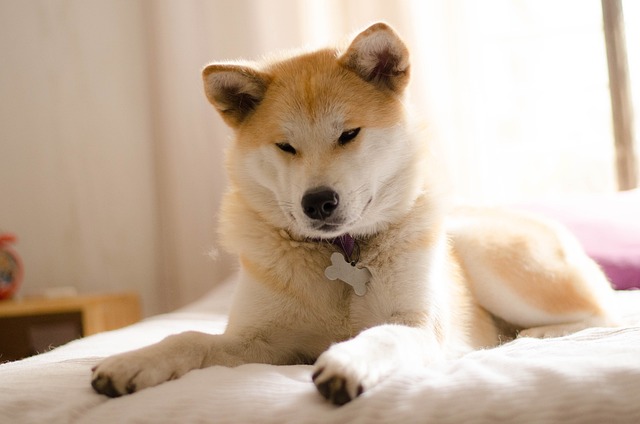
What is glaucoma in a dog?
You might notice your dog squinting more at mealtime or avoiding bright sunlight—these small changes could be early signs of a serious eye condition.
You’ve probably stood in the dog park, watching other pups strut around with glossy fur that catches the sun, while your own dog’s coat looks flat and lackluster. It’s frustrating, but a dull coat isn’t just a cosmetic issue—it’s often a sign your pup’s body needs a little extra support. The good news? Fixing it doesn’t require fancy products or expensive trips to the groomer.
The science behind a shiny coat is simple: it starts with nutrition. Dullness usually stems from a lack of essential fatty acids (like omega-3s and omega-6s) or protein, which are key to healthy skin and hair follicles. Think of your dog’s coat as a reflection of their diet—if they’re not getting those building blocks, their fur can’t stay smooth or shiny. Dry, flaky skin under the fur is another clue that their diet is missing something, or that they might be reacting to a low-quality ingredient in their kibble.
Let’s break down the fixes. First, tweak their diet: add a spoonful of unsweetened pumpkin puree or a sprinkle of ground flaxseed to their meals—both are packed with omega-3s and easy to mix in. For apartment dwellers short on time, look for kibble labeled “for skin & coat health” (check for salmon or sardine as top ingredients). Second, adjust grooming: brush your pup 2-3 times a week with a soft bristle brush—this distributes natural oils and removes dead fur, which makes their coat look brighter. Avoid over-bathing (more than once a month strips oils) and use a gentle, pet-specific shampoo.

Now, key tips for U.S. dog owners. First, compliance: while diet tweaks are optional, keeping your dog current on rabies vaccines (mandatory in all states) and annual check-ups is a must—vets can rule out thyroid issues or allergies causing dullness. Second, never scold your dog for matted or dull fur—positive reinforcement, like treats during brushing, builds trust and aligns with U.S. animal welfare norms. And when you’re out post-brush, always carry poop bags—fines for not cleaning up start at $25 in places like Austin and go up to $200 in San Francisco.
With a few small changes to their diet and grooming routine, your pup’s coat will be shiny and healthy in no time. If you don’t see improvement in 4-6 weeks, check in with your vet—they can help pinpoint any underlying issues.

You might notice your dog squinting more at mealtime or avoiding bright sunlight—these small changes could be early signs of a serious eye condition.

Let’s set the scene: It’s a sweltering Phoenix afternoon—105°F outside—and you rushed your 2-year-old Lab mix, Cooper, on a quick walk to “get it over with.”

Let’s get real: You’re in your Miami apartment, watching your 3-year-old Corgi, Loki, struggle to climb the stairs to your second-floor unit.

Many dog owners brush off occasional scratching as just “dog behavior,” but persistent itching often signals something more—like a food allergy.

You might first notice your dog scratching more than usual—chewing at their paws until the fur looks thin, or rubbing their face against the couch nonstop.

Let’s be real: You’re standing in your Chicago apartment, watching your 3-year-old Beagle, Max, huff and puff just to climb onto the couch.